Laser Tag at the Edge of the World

Visitors alighting at the recently revamped No Man’s Land. (Photo: AmaZing Venues)
In the Solent strait, between the English town of Portsmouth and the Isle of Wight, is No Man’s Land, a Victorian sea fort with laser tag in its basement.
It is quite possibly the most epic place on Earth to play laser tag, although laser tag is only the latest in a long list of unlikely uses for this bit of manufactured land.
Originally, No Man’s Land was one of four forts built in the Solent to protect Portsmouth, a naval hub, from invasion. In 1859, the British government was concerned about France’s burgeoning naval fleets, and decided to establish the forts to defend Britain against the Gallic menace that lurked across the English Channel.
Construction on the quartet of circular forts began in the 1860s. No Man’s Land, 204 feet in diameter, was designed to accommodate 80 soldiers and 49 cannons. Its sunken center provided protection from the elements, while a freshwater well dug into the sea bed ensured troops would stay hydrated while scanning the Solent for hostile vessels.
No Man’s Land took 13 years to build. During the entire construction process, the French had no interest in attacking England—they were far too busy fighting the Germans. By the time the Franco-Prussian War broke out in 1870, it was clear that the Solent forts weren’t likely to see any action from Napoleon III’s naval powers. Construction continued regardless.
Other than serving as invasion deterrents during the World Wars, the forts sat idle until the British Ministry of Defense decommissioned them in the 1950s. The government tried to sell No Man’s Land in 1963, but no buyers came forward. In 1971, a Doctor Who episode was filmed at No Man’s Land. The fort portrayed an island prison inhabited by the Sea Devils, a bipedal reptilian race of villain with a face not unlike that of a moray eel.
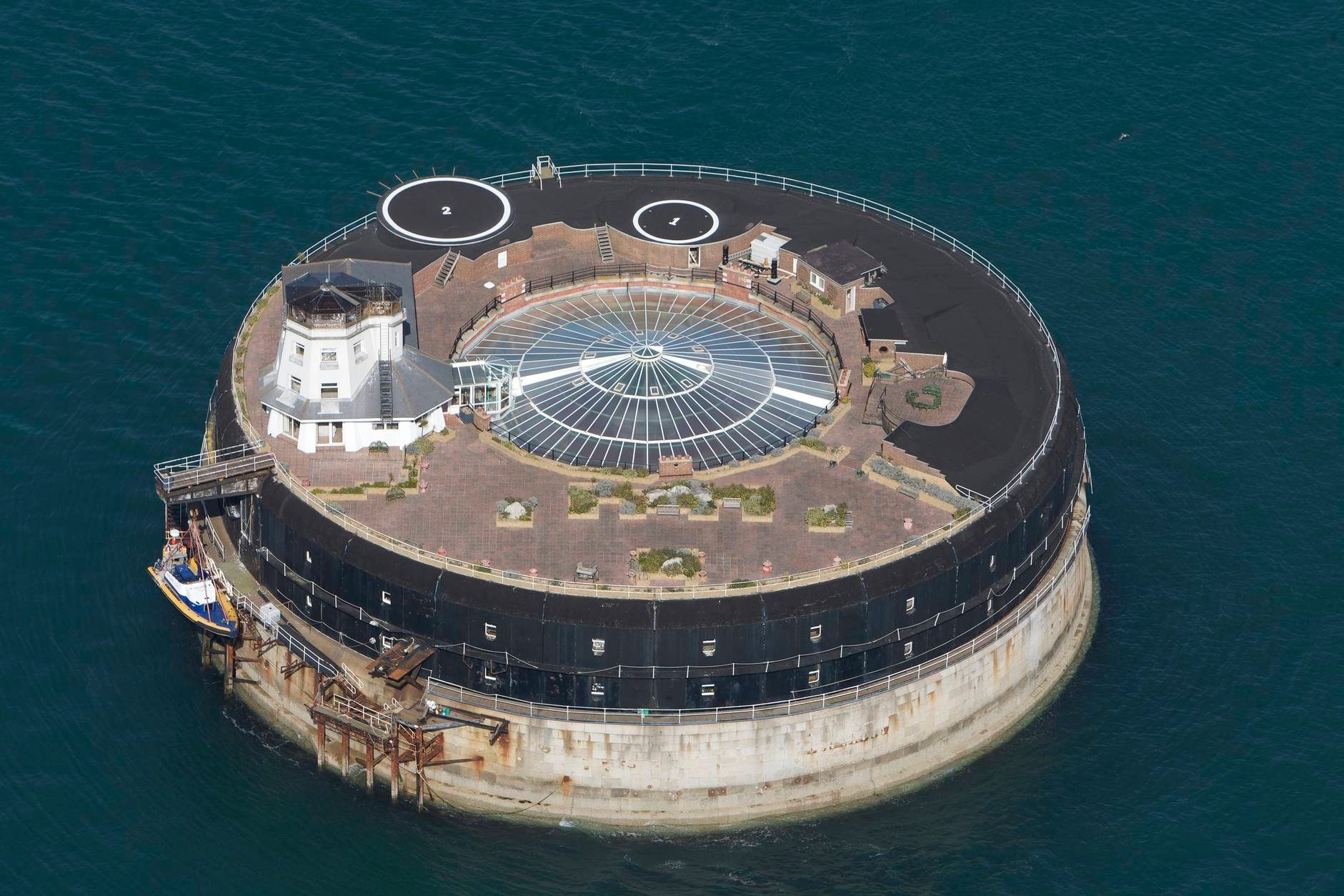
No Man’s Land viewed from above. Note the pair of helipads. (Photo: AmaZing Venues)
In the 1990s, the abandoned and dilapidated No Man’s Land had an unlikely revamp: it was transformed into a luxury hotel, complete with two helipads, 21 bedrooms, a roof garden, and gourmet restaurants. The lowered center was glassed in as an atrium for the heated pool. Despite its creature comforts and promise of privacy, the hotel never attracted enough visitors to be financially sustainable.
Business-wise, the island seemed cursed. In 2004, developer Harmesh Pooni bought No Man’s Land for £6 million (about $9 million) with the intention of renting it out for special occasions. Unfortunately, the contaminated water in the hotel pool caused an outbreak of Legionnaires’ disease, ruining his business prospects. Faced with financial troubles and the possibility of losing the island, Pooni took an extreme approach: He covered the helipads with upturned tables, grabbed his keys, and barricaded himself inside the fortress. After a protracted standoff with administrators, he was finally evicted in early 2009.
Given No Man’s Land’s unfortunate track record, the fort has been given yet another lease of life as a luxury hotel and entertainment venue for hire. In April 2015, British company AmaZing Venues, whose mission involves “rescuing historic venues from various states of disrepair and ensuring that they remain for future generations to cherish,” unveiled a classed-up No Man’s Land intended to attract weddings, corporate team-building groups, and anyone looking to party it up on a Victorian fortress far from land.
The new features of the fort include 22 bedrooms, a cabaret bar, sauna, hot tub, and, naturally, a laser tag arena in the dark depths of the basement. Infrared-enhanced skirmishes may not be the battle the Victorians were expecting, but they’ll do.
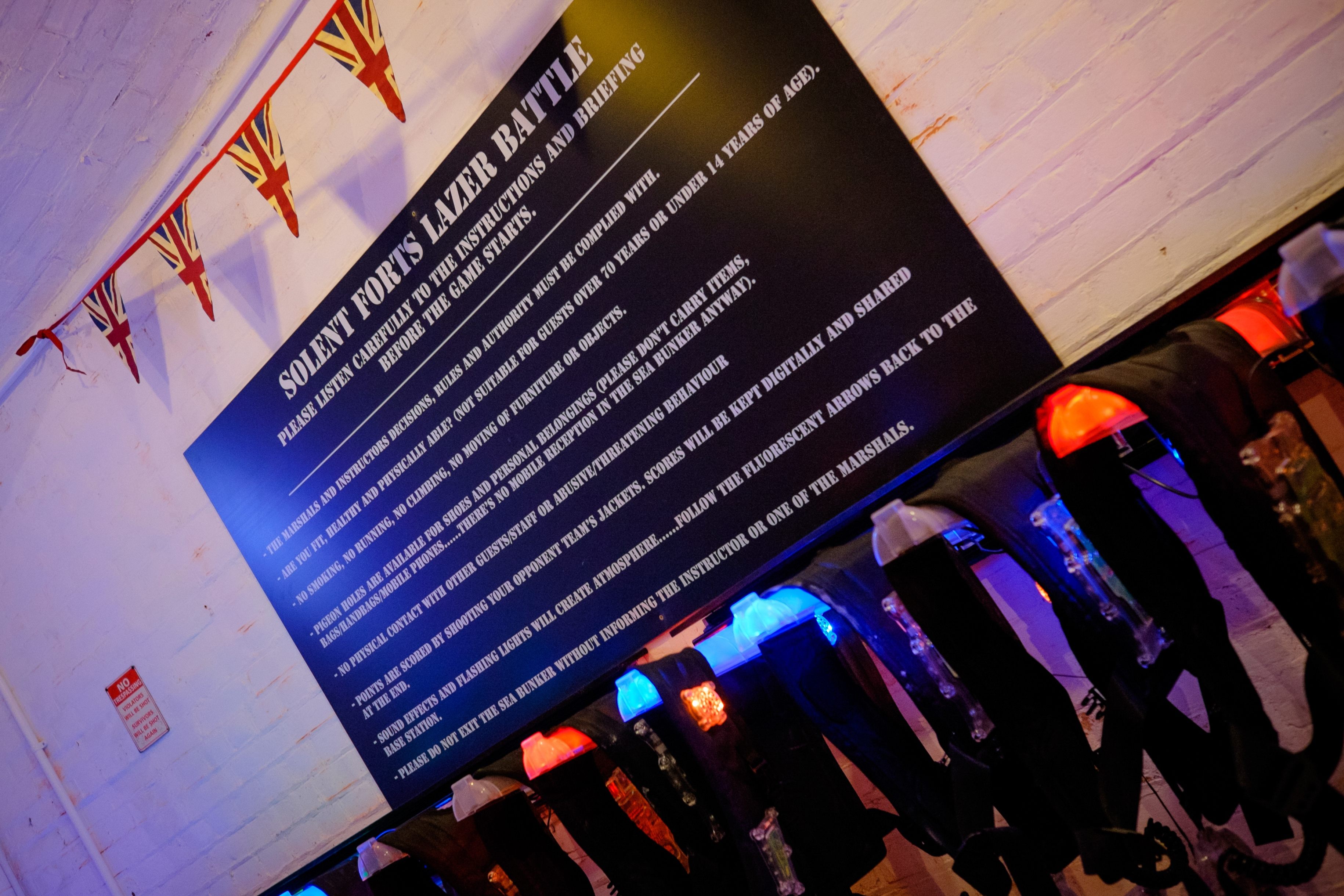 Laser tag! (Photo: AmaZing Venues)
Laser tag! (Photo: AmaZing Venues)
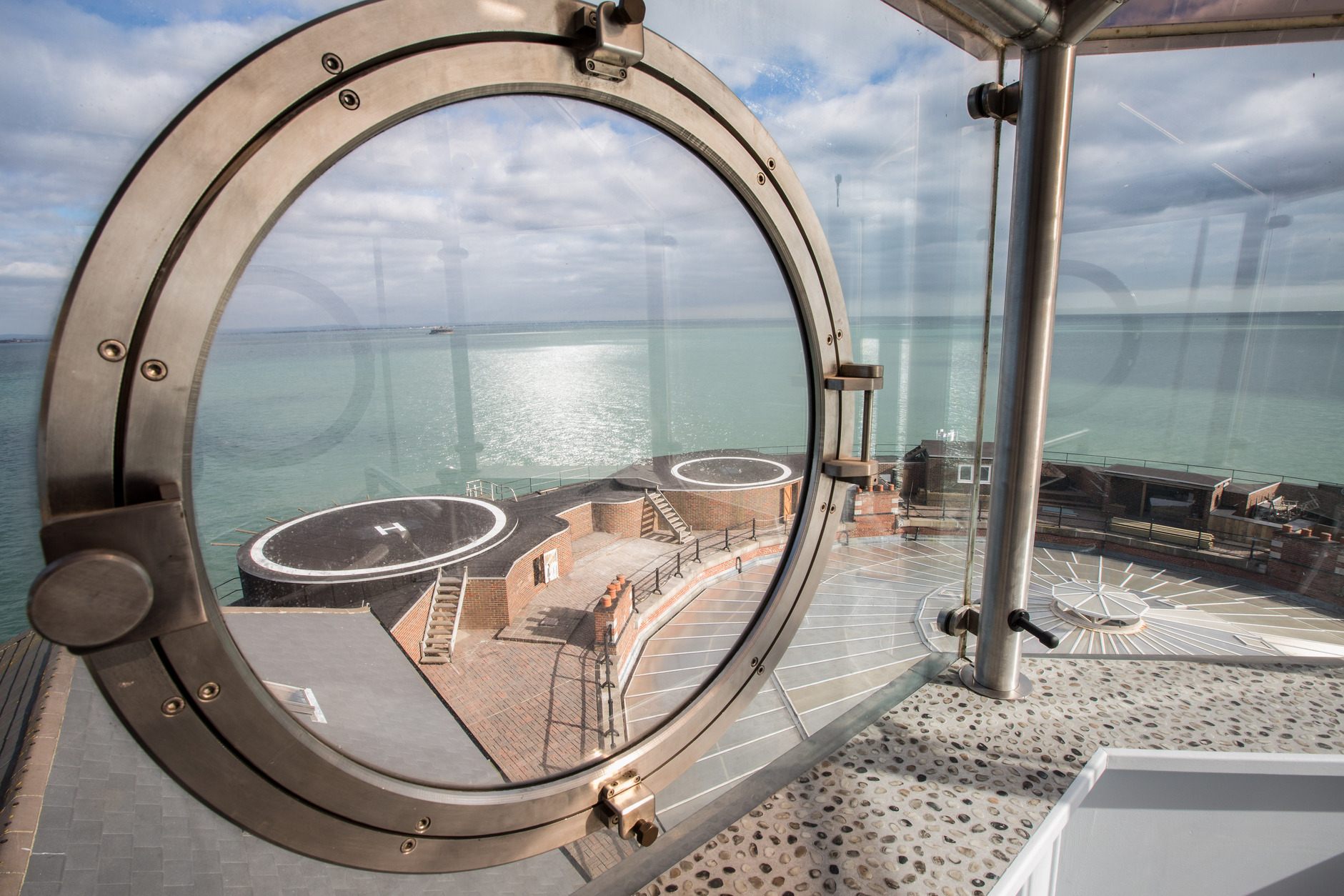
Not a bad view. (Photo: AmaZing Venues)
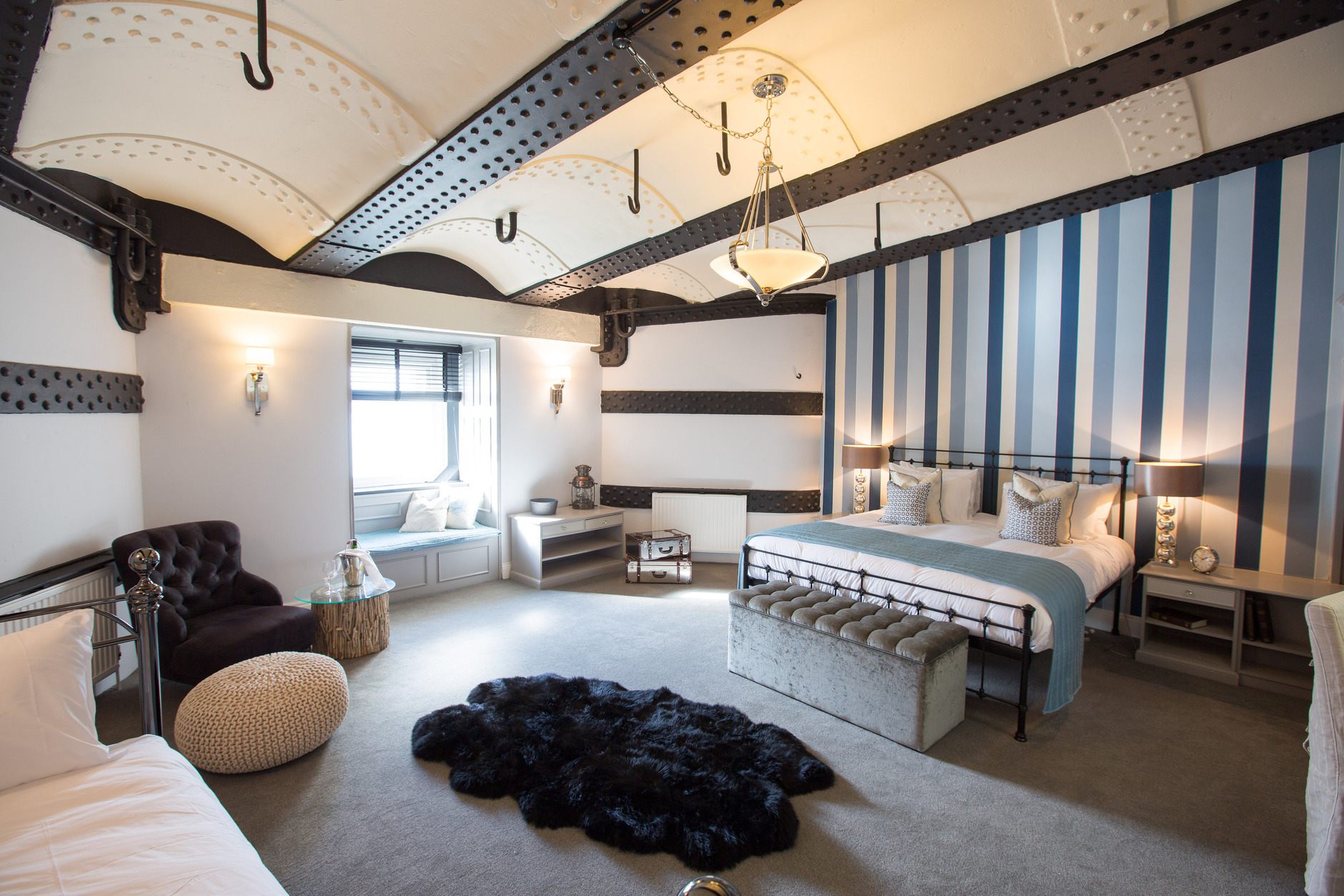
One of the 22 bedrooms. (Photo: AmaZing Venues)


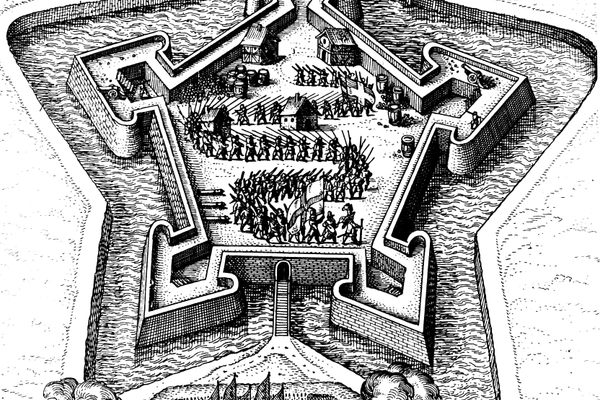
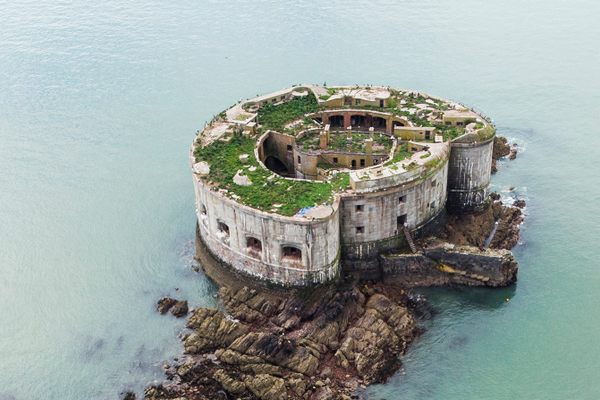
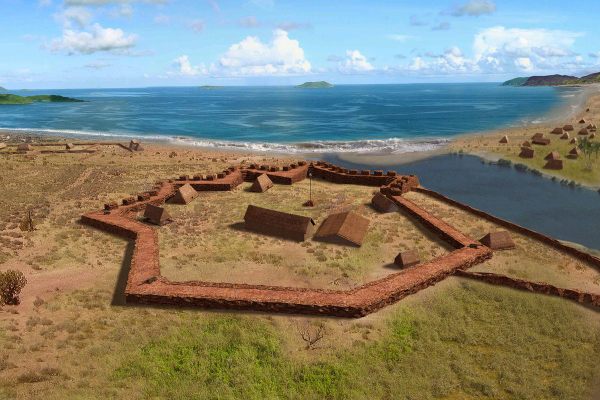
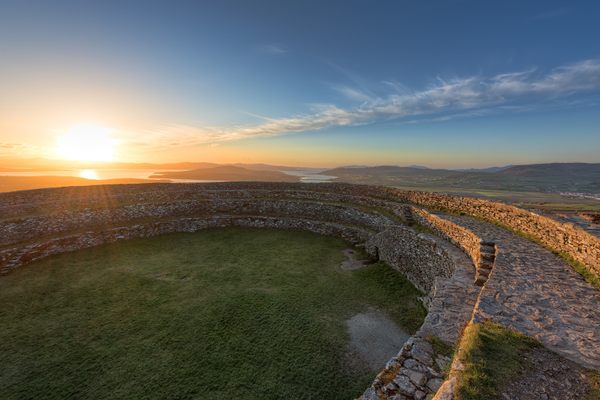







Follow us on Twitter to get the latest on the world's hidden wonders.
Like us on Facebook to get the latest on the world's hidden wonders.
Follow us on Twitter Like us on Facebook